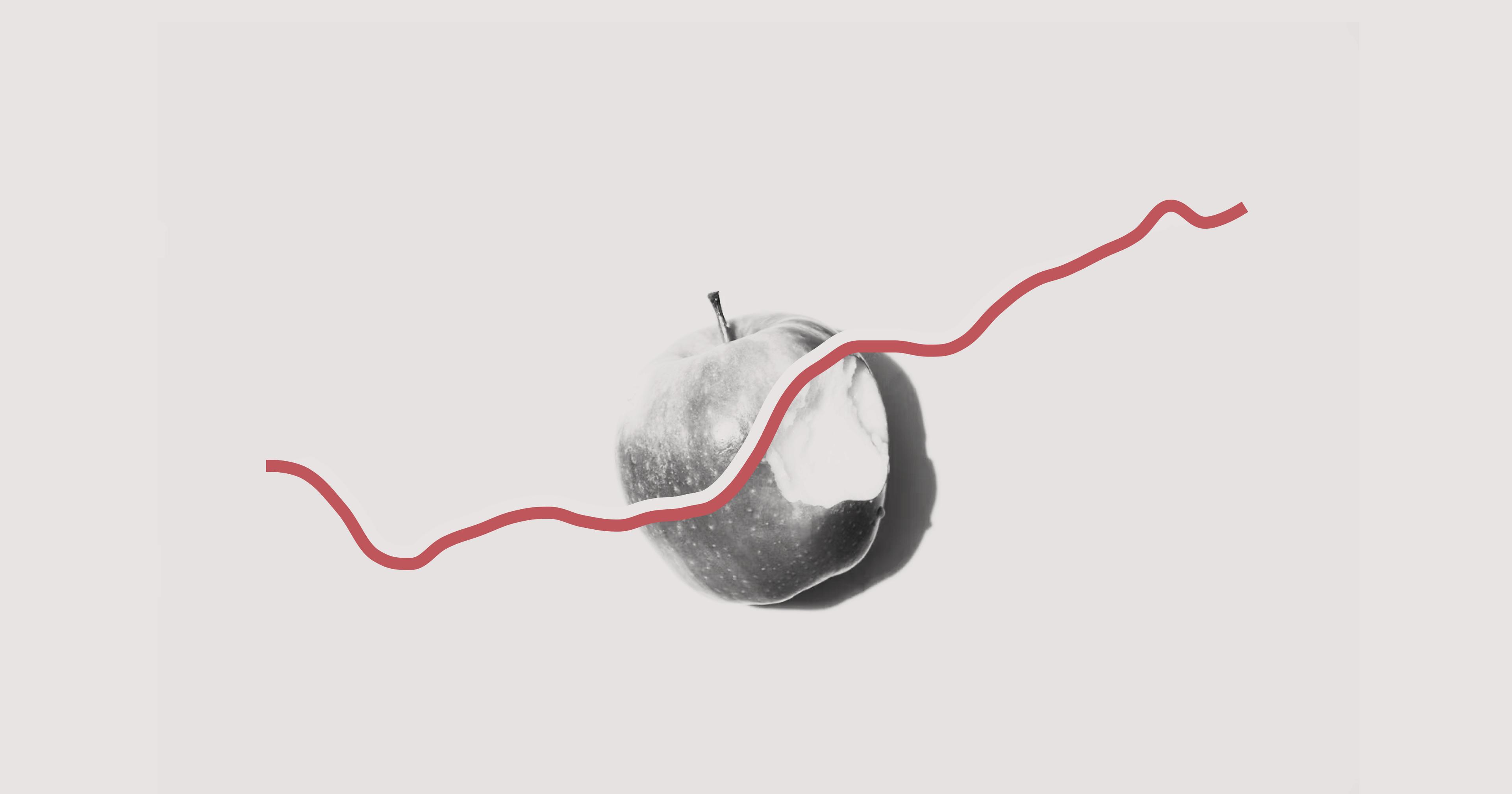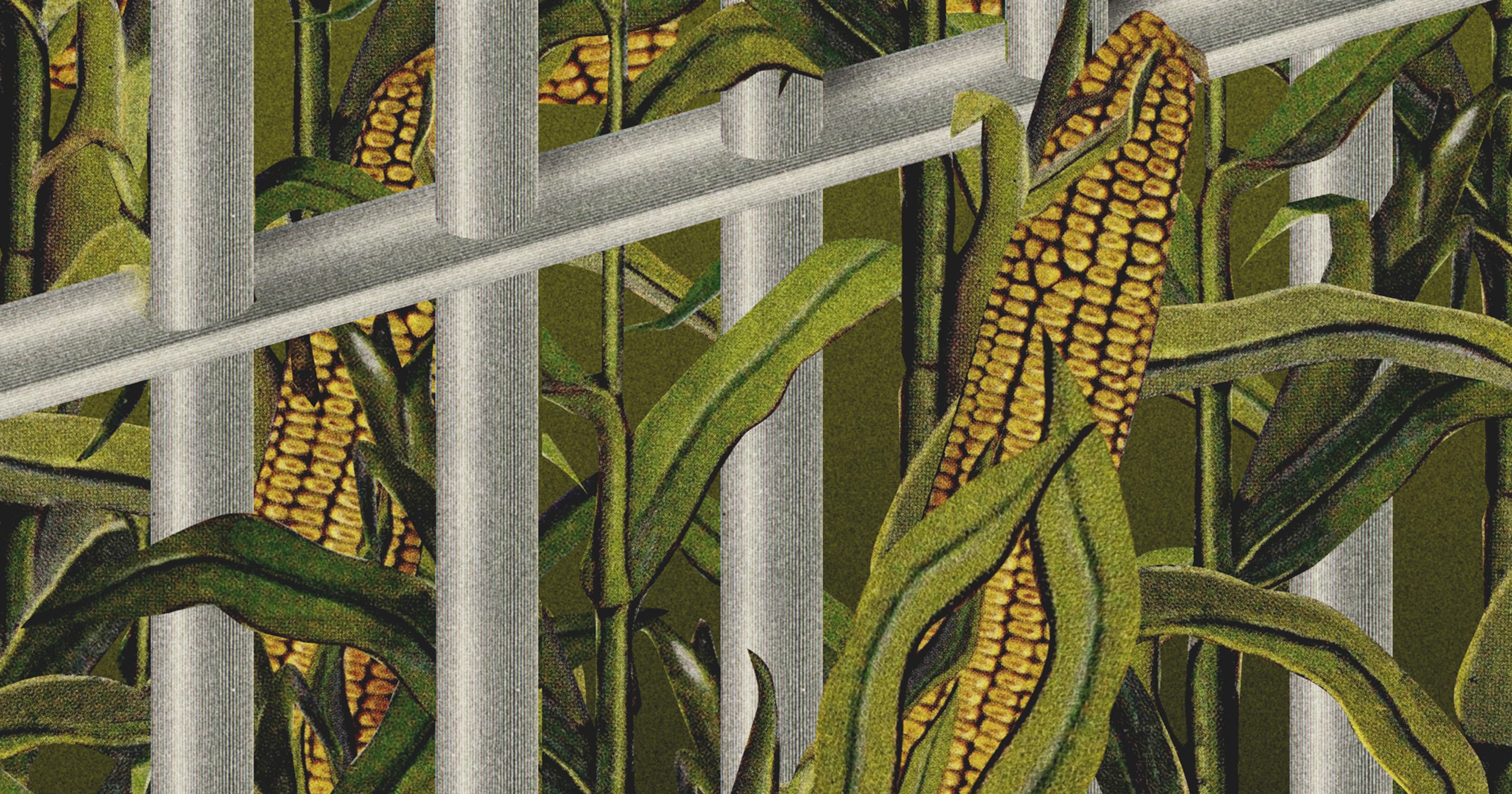With inflation hitting record highs, farmers are needing to adapt their business practices to stay profitable.
As the U.S. faces a period of historic inflation through the first part of 2022, agricultural producers are feeling unique market pressures and rising input costs. At the same time, experts are advising caution for the coming months.
Data from the U.S. Bureau of Labor Statistics (BLS) shows consumer prices up 8.6% for the year ending in May, the largest 12 month increase since December 1981. That comes on the heels of a 7.9% rise from Feb. 2021 to 2022, and 8.5% March to March. Core inflation, which traditionally excludes more volatile food and energy prices, was up 6% May to May, and BLS data showed energy prices are up 34.6% overall, with gasoline up 48.7%.

After previously marking record-setting numbers in March, it appeared inflation was easing a bit in the April to April numbers at 8.3% overall, and a core increase of 6.2%. Now though, the May rate shows the upward trend has continued. That’s created a difficult situation for farmers like April Clayton and her husband, who own Red Apple Orchards in Orondo, Washington.
“Inflation is a huge concern for our business,” Clayton said. “Not only is it the price of diesel going up, because we have to go up and down those rows with sprayers, it’s also the impact of the cost to get the fertilizer and other supplies to our farm. That price increases, and that’s another hit in our budget. We’re already seeing low margins, so this really has an effect. So much so that we have to think, is it going to be cost effective to harvest this crop?”
“Inflation is a huge concern for our business.”
Clayton said she worries about other costs rising beyond fuel, like labor and other operational supplies. Their organic fertilizer for cherries virtually doubled in cost, she said, so they chose to go with a synthetic option instead.
“So yes, we are already feeling the punch of inflation,” she said. “And we’ve had to change how we farm due to that.”
Another concern: the costs are rising for each step of the process that gets fruit from the farm to grocery store shelf. With each one taking another, larger bite of the metaphorical apple, it leaves less to cover Clayton’s costs.
“We’re the last one to receive payment,” Clayton said. “So as inflation rises, that means all throughout the chain the price is going up, which means even less is coming back to us.”
“We’re the last one to receive payment.”
The Farm Bureau reported in March that USDA data shows farm production expenses were increasing 5% in 2022, after a 9% increase in 2021. One of the biggest line-item spikes was fertilizer, up 12% from 2021-2022, after a 17% rise 2020-2021.
Red Apple is not alone in suffering those impacts. University of Kentucky Extension professor Will Snell noted in a blog post that while past data suggests agricultural commodity prices rise with inflation, so do input prices — like seeds, fertilizer, livestock and equipment. It can create a risky balancing act for growers while crops are in the ground or on the trees.
“Inflationary pressure in the economy can put upward pressure on farm commodity prices, but higher commodity prices increase the demand for farm inputs, including the cost of borrowed funds,” Snell wrote.
Snell pointed out that years of high inflation in the 1970s helped lead to the crash of the U.S. farm economy in the 80s, when many family farms were forced to close in the “worst financial crisis since the Great Depression.” Dr. Daniel Sumner, professor of Agricultural and Resource Economics at University of California, Davis, echoed that point: when commodity prices came down rapidly, farms fell on tough times.
“Inflation is one thing that causes stress, but what causes even more stress in agriculture tends to be the elimination of inflation,” said Sumner.
“Inflation is a curvy road,” he continued. “If you borrowed money at 15%, assuming that your output prices were gonna go up by 15%, and they didn’t, people just went belly up.”
“If you borrowed money at 15%, assuming that your output prices were gonna go up by 15%, and they didn’t, people just went belly up.”
With that in mind, he advises caution in the coming months. In March 2022, the Federal Reserve raised rates for the first time since 2018. At the time, regulators noted Russia’s invasion of Ukraine was causing “tremendous human and economic hardship,” and that while uncertain, “in the near term the invasion and related events are likely to create additional upward pressure on inflation and weigh on economic activity.”
In May, the Fed raised rates again, and just this Wednesday they announced another .75% rate increase, the largest since 1994. Officials have signaled more are likely to follow.
“Prices are continuing to go up. . .but it’s not going to continue forever,” Sumner said, adding a warning to farmers about rising interest rates. “And then the other thing is particularly in agriculture, not all prices go up in sequence. So pay attention, look for things you can do within your business to minimize the individual impacts.”
Federal regulators have previously said a 2% rate of inflation is generally ideal, and “is most consistent with the Federal Reserve’s mandate for maximum employment and price stability.” For years prior to 2021, the U.S. economy has hovered around that, ranging between 1.7% and 2.2% annually since 2012 (omitting food and energy, not seasonally adjusted). But now the issue is some experts worry attempts to reign in inflation could lead to a recession, though only time — and data — will tell.
“If we can survive this inflation, we’ll be set up to be in a good place.“
In the meantime, Clayton is looking to weather the storm. At Red Apple Orchards, they’re already debating whether to skip harvesting some blocks of lower yield cherries, believing the sale wouldn’t cover the costs. They’re also re-grafting less-profitable apple tree varieties to those with a greater profit margins — choosing Honeycrisps over others like Red Delicious or Galas.
The process takes two or three years, so while it’s an expense now, they save harvest costs during the transition, and are looking to the future.
“If we can survive this inflation, we’ll be set up to be in a good place,” Clayton said. “We’ll have the right varieties, that are hopefully kicking in the right amount of money to be profitable, but it is going to be about surviving inflation right now, with the margins.”







